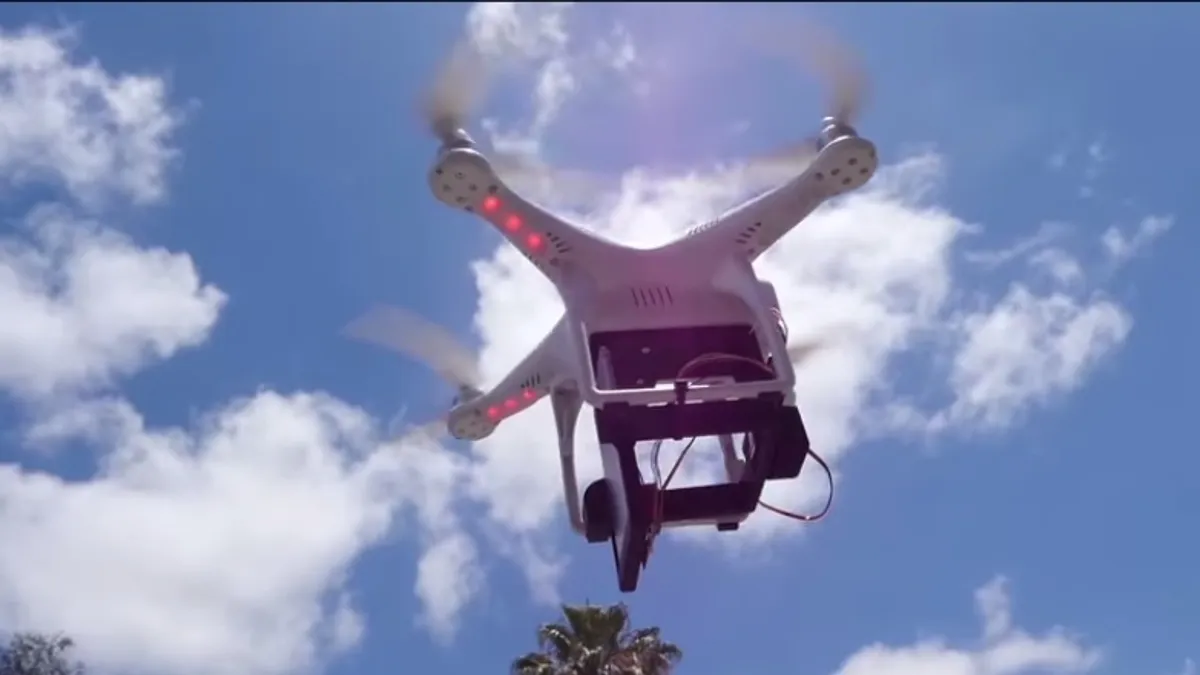Dive Brief:
- Google, Facebook, SpaceX and other companies say they plan to beam the Internet from either low-orbiting satellites or high-flying drones and balloons, CNN reports.
- About 57% of the world's population is offline largely due to lack of access in rural and poor countries.
- The goal is to get that number down to 50% by the end of 2020, but the organization now says they will not be able to reach that goal.
Dive Insight:
The United Nations Broadband Commission points to the cost of extending last-mile infrastructure to rural and remote customers as a major roadblock in worldwide Internet access expansion. Another challenge is many rural nations include huge underdeveloped areas where hard-wire delivery systems like landlines and towers don't exist. Supplying Internet via drones, satellites or balloons could help solve that problem.
"In many of the world's poorest countries, where broadband could potentially have the greatest benefit in terms of bridging development gaps, even basic broadband service remains prohibitively expensive,” the UN said.
Meanwhile, the access growth rate in developed countries is expected to slow to 8.1% this year. Prior to 2012, growth rates had been in the double digits for many years.












